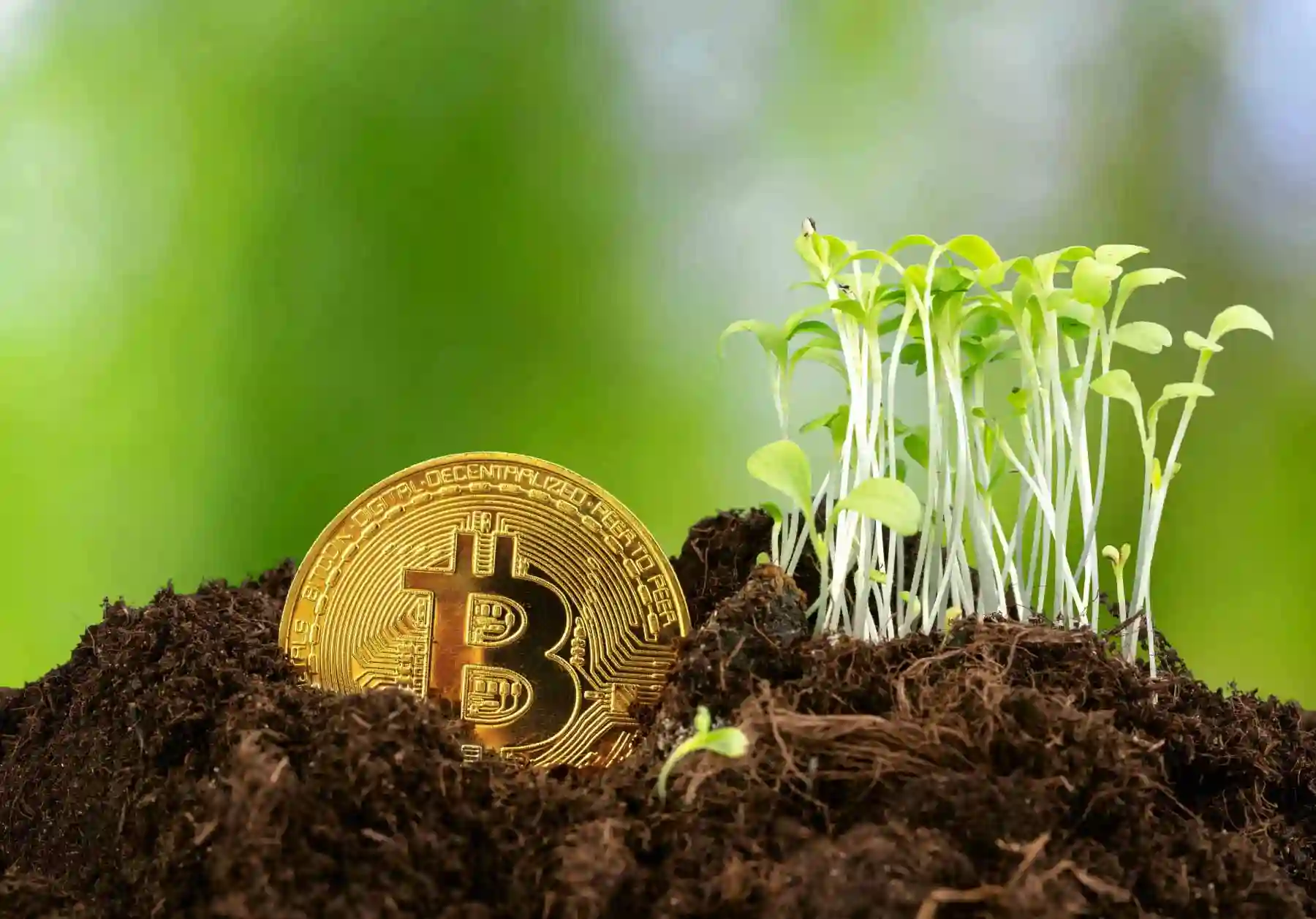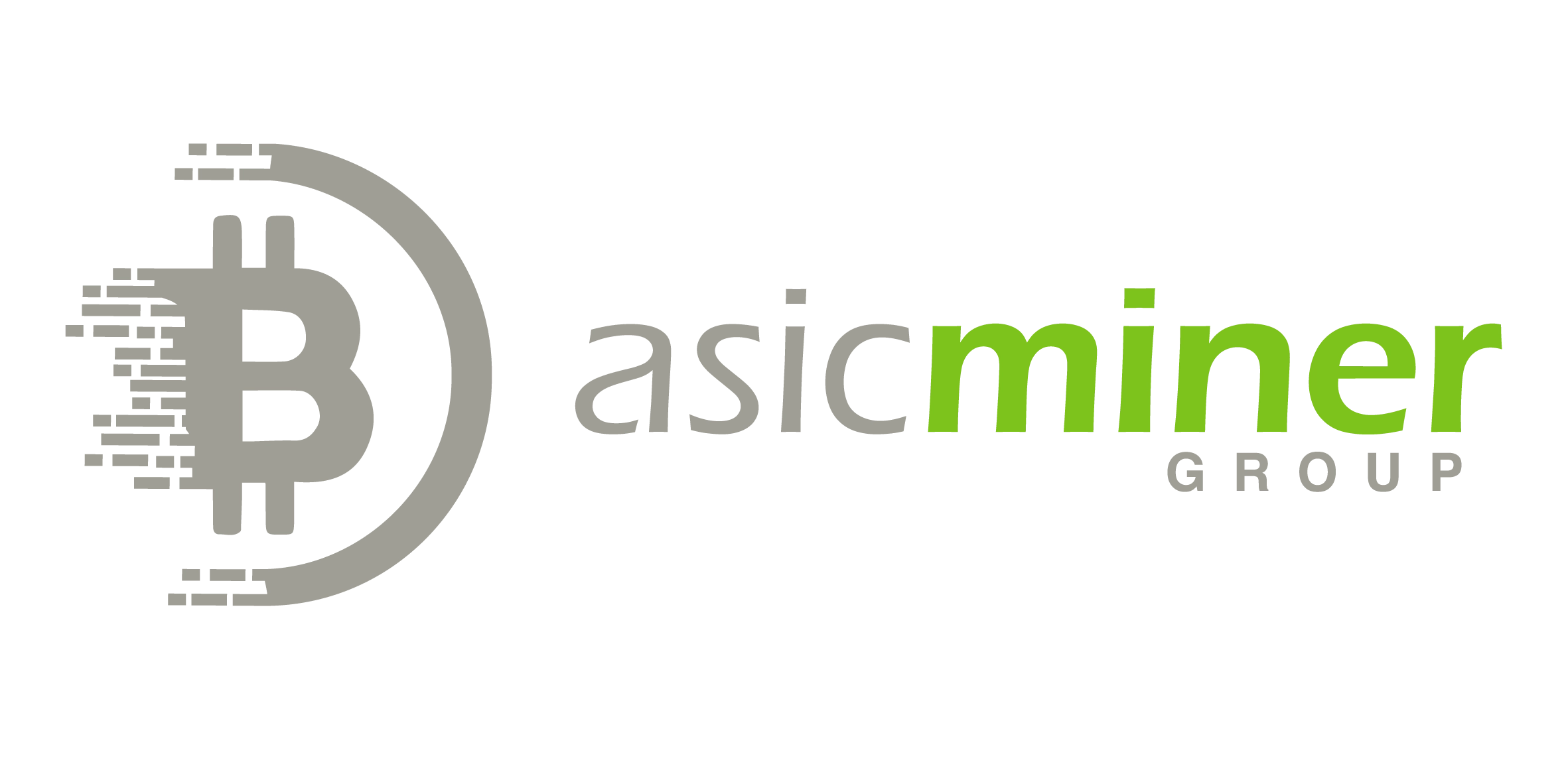Bitcoin Mining: How to create Bitcoin

Tabla de Contenidos
ToggleIn the fascinating world of Bitcoin, there are no traditional factories or mines. Instead, a global network of powerful computers works around the clock to create and secure this revolutionary digital currency. Imagine these computers like bank employees, but with one crucial difference: they are incorruptible and transparent. Every transaction is permanently recorded in a public, immutable ledger called the blockchain, ensuring that no one can tamper with the system.
Bitcoin Mining: Crashing the code, building the trust
These computers, known as ‘miners’, compete with each other to solve complex mathematical puzzles. Every 10 minutes or so, a miner succeeds in solving a puzzle and adds a new ‘block’ to the blockchain, which contains a set of verified transactions. This process, called ‘mining’, is essential to the creation and security of Bitcoin, similar to how computers in a bank process and record transactions, but with the guarantee that once written to the blockchain, there is no way back and no possibility of manipulation.
The process of mining a block starts when a user wants to send Bitcoins to another person. This transaction, along with other pending transactions, is collected and grouped into a block by the mining nodes. Each miner selects the transactions he wishes to include and builds his own ‘candidate block’, which is not yet valid.
To validate this block, the miner must find a valid ‘signature’ or ‘hash’, which is the result of a complex mathematical calculation. This calculation requires a large amount of computational power and, therefore, a considerable expenditure of electrical energy. The difficulty of finding this hash is automatically adjusted to keep the average mining time of a block to 10 minutes.
Once a miner finds a valid hash, he transmits his block to the network for verification. If the block meets all the rules of the system, it is added to the blockchain and the miner receives the reward.
Reward and Halving: The Perfect balance of incentive and Scarcity
Solving these puzzles requires an enormous amount of energy and computing power. To incentivise miners to participate in this crucial process, they are rewarded with new Bitcoins each time they add a block to the chain. Currently, the reward is 3,125 Bitcoins per block, but approximately every four years, this reward is halved in an event called ‘halving’.
This halving mechanism, programmed into the original Bitcoin code (the whitepaper), ensures that Bitcoin issuance is gradual and controlled, reaching a maximum limit of 21 million coins around the year 2140. Each halving means that 210,000 blocks will be looked at before the next reduction, contributing to Bitcoin's scarcity and potential for long-term appreciation.

Team Mining: Mining Pools, the 21st Century Cooperative
Although it is technically possible to mine Bitcoin alone, competition is fierce and requires considerable investment in equipment and electricity. That is why most miners join mining pools. Imagine a mining pool as an agricultural cooperative where each farmer contributes his olives. At the end of the harvest, everyone shares the oil produced in proportion to the amount of olives they contributed. In a mining pool, miners combine their computing power and share the rewards proportionally, but without anyone being able to cheat thanks to the transparency of the blockchain!
The Role of Mining Equipment: Your gateway to the Bitcoin World
Mining equipment is at the heart of this process. The more powerful the equipment, the more likely a miner (or pool) is to solve puzzles and reap rewards. At Asic Miner Group, we offer a wide range of high quality mining equipment to meet the needs of all miners, from beginners to experts.
Do you want to know which equipment is right for you?
Click here and request free personalized advice! Our experts will advise you on the most suitable equipment for your goals and budget.
This halving mechanism, programmed into the original Bitcoin code (the whitepaper), ensures that Bitcoin issuance is gradual and controlled, reaching a maximum limit of 21 million coins around the year 2140. Each halving means that 210,000 blocks will be looked at before the next reduction, contributing to Bitcoin's scarcity and potential for long-term appreciation.
The Bitcoin Revolution: A decentralised and secure future
Bitcoin mining not only creates new coins, but also secures the network and verifies transactions, ensuring that no one can manipulate the system. This decentralised and transparent process is what makes Bitcoin so revolutionary and attractive to those seeking a freer and more secure financial future.
Join the Bitcoin Revolution today!
Disclaimer: The information provided in this article is for educational purposes only and should not be construed as investment advice. Cryptocurrencies are volatile assets and carry a high level of risk. Before making any investment, consult with a qualified financial advisor.
